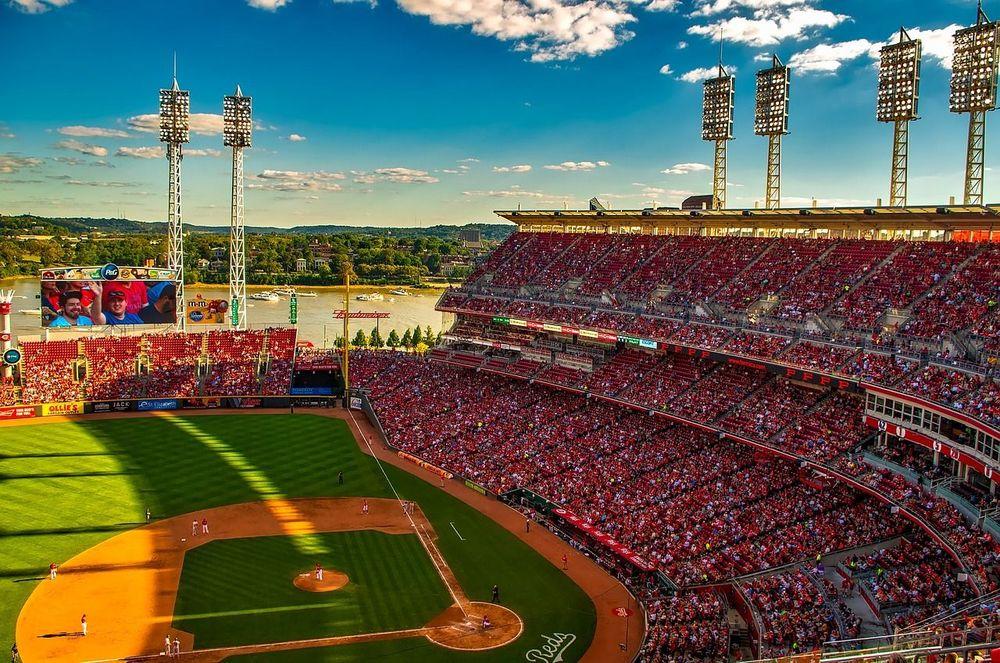
Why it's important to follow the money
Recently, on an episode of MLB Tonight, John Smoltz was asked to compare the difference between signing Josh Donaldson or trading for [baseball-trade-values-player-link player="7589"]. His response was, to paraphrase: Donaldson doesn’t cost anything in prospects, but if Arenado was available? You’d have to “back up the truck.” In other words, he thinks trading for Arenado would cost a huge prospect haul.
With all due respect to Smoltz, he is not a GM. He assumes trading for a star -- presumably any star -- would cost a prospect haul. That’s because it’s a natural, knee-jerk reaction to think that star players are rare, therefore they’d cost a lot in trade.
But that’s not exactly true. Trade value depends almost entirely on one equation, as we explain here: field value - salary = surplus value. But people have a tendency to forget about the money, thinking that field value = surplus value. That’s a mistake.
Said another way, there are two modes of capital front offices use to acquire talent: monetary capital and player capital.
If they’re signing a free agent, they’re using monetary capital only, and deciding how much of it they can afford on any given player. As Smoltz implies, this seems easier, because it doesn’t require using player capital.
In the trade market, many people tend to focus more on the player capital side of it only, because that’s simple as well. It’s easy to think “this guy for that guy.”
But in reality, when you trade for a player, you’re blending both forms of capital: you agree to pay that player real money based on what his contract stipulates, as well as to send another player (or more) back. It’s important to remember that you’re not really acquiring a player, you’re acquiring a contract for that player’s services, a contract that is bound by a certain cost over a certain period of time.
So any trade for a guy like Arenado means that you first have to look at his contract, which in his case is a big one. Unless the Rockies agree to pay down some of it, the acquiring team has to agree to pay the whole thing, which is already a big commitment. The bigger the contract, and the closer it gets to matching the player’s field value, the less player capital you should have to give up over and above that commitment.
There are numerous examples of this: when the Yankees acquired [baseball-trade-values-player-link player="9477"] in December 2017, they gave up only two minor prospects ([baseball-trade-values-player-link player="8009"] and [baseball-trade-values-player-link player="8367"]), along with Starlin Castro (whose inclusion was mostly to offset salary), because acquiring the contract was the bigger commitment. In other words, they used mostly monetary capital and very little player capital.
When [baseball-trade-values-player-link player="8641"]was traded to Texas in December 2019, the Indians received a relief prospect and a 4th outfielder. This is because Kluber’s salary was high relative to his field value, which again meant the majority of Texas’ payment was in monetary capital by assuming his $17.5M salary.
Sometimes we get feedback from users on this site who are surprised by low median values on superstar players. Players like [baseball-trade-values-player-link player="9371"], [baseball-trade-values-player-link player="8621"]and [baseball-trade-values-player-link player="7775"] all seem low at first glance, right? They then propose unrealistic trades with those guys as if to suggest there’s a problem with the model.
What they forget about is the money. That’s why we list their salaries. Of course these guys are exceptional players -- it’s just that they’re already getting paid for being exceptional. So any team attempting to acquire their contracts would have to pay mostly (or in some cases, entirely) in monetary capital rather than player capital.
I also saw a comment on a fan site expressing surprise that [baseball-trade-values-player-link player="7896"]might be worth more than [baseball-trade-values-player-link player="8706"]in trade, based on rumors that the Indians asked for [baseball-trade-values-player-link player="7505"]for Clevinger. Of course he is, because, although both are great players, Clevinger is making less money and is controllable for one more year than Lindor is. Both of those things matter.
It’s also important to keep in mind that front offices are managing to a budget, and they’re also trying to balance their portfolio of assets between short-term needs and long-term sustainability. Focusing too much on the short term can get you fired (even if you win a World Series -- jut ask Dave Dombrowski or Bobby Evans).
That means that GMs are very careful about spending -- be it monetary or player capital. And that means that if they spend a lot on one side, they’re likely to spend less on the other. In other words, if they’re already agreeing to pay $234M for Arenado’s contract, they’re not likely to also offer a lot of prospects on top of it, because it could wipe out both their budget and their farm system.
So as with most things in life, don't forget to follow the money.

